What is Temporary Filling?
It is a material used in dentistry that temporarily covers the open parts of the tooth. temporary fillingIt is used for protection until the final treatment of the tooth is completed. They can be easily removed and do not damage the structure of the tooth.
It is often used in procedures that require multiple visits, such as root canal treatment. It is generally compatible with the natural color of the tooth. They are specially designed to be durable. However, they are not suitable for long-term use. When the final treatment is completed, permanent fillings are placed.
Why is Temporary Filling Done?
In some cases, treatments such as final fillings or crowns require more than one visit to complete. It is used to protect and relieve the tooth in this process. It may be done to observe the tooth's response and plan for future treatment. For example, the healing process of the tooth is monitored after root canal treatment.
It can be used to reduce the pain and sensitivity of the treated tooth. It helps the patient relax by protecting the sensitive areas of the tooth. It may be preferred for treatments performed on the front teeth to provide an aesthetic appearance until the final procedure is completed. It is used to protect the tooth against decay and other damage until a permanent filling or other treatments can be applied.
In some cases, it may be necessary to prepare the tooth for further treatments. temporary filling They are usually made of easily removable materials and are less durable than permanent fillings. However, it is important to protect it with proper care and hygiene.
How is Temporary Filling Done?

First, the tooth to be treated is cleaned. The rotten or damaged part is carefully removed. The tooth must be made suitable for filling. The edges of the tooth are smoothed. It may mean shaping the filling material in a way that allows it to adhere.
The materials used are fast-drying and easily shaped. These materials are designed to ensure patient comfort and preserve the tooth until more permanent treatment. The selected material is placed in the prepared space.
The material is placed and corrected in accordance with the shape of the tooth. Some sealants require light curing, while others are self-curing. After the filler hardens, excess material is removed. It is corrected to fit the natural shape of the tooth. The biting surface of the tooth is checked.
Further adjustment is made if necessary. This is important to ensure the patient's comfort and the functionality of the tooth. An important point to remember is, temporary filling It is only a short term solution. It usually requires more extensive treatment. So, after it is done, it is important for the patient to visit the dentist for a permanent treatment.
How to Remove Temporary Filling?
If necessary, the dentist may apply local anesthesia to prevent pain during the procedure. The dentist carefully removes the filling using special dental instruments. During this process, various tools can be used to remove material. After the filling is removed, the dentist cleans the area. It ensures that any residual material is removed and the tooth is prepared for new treatment.
The dentist evaluates the condition of the tooth. Determines whether permanent fillings, crowns or other treatment are required. Temporary filling removal process It's usually a quick and simple process. However, like any type of dental treatment, only a dentist should perform this procedure. Trying to remove it yourself may damage your tooth. It can lead to more serious dental problems.
Things to Consider After Temporary Filling
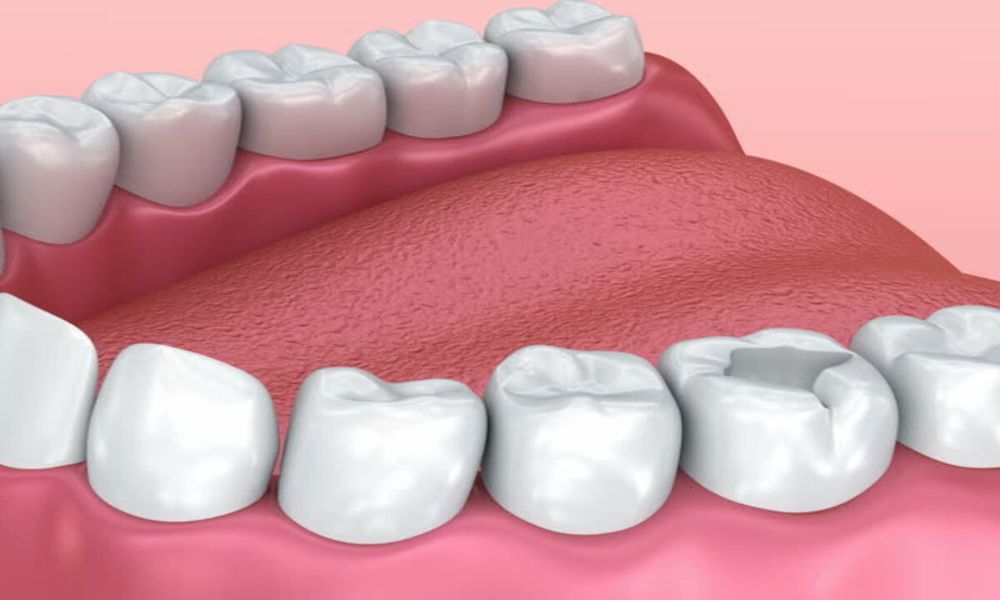
You should generally avoid eating for several hours immediately after the procedure. If you must eat, choose soft foods. Chew in a way that does not put pressure on the treated area.
It is generally more sensitive to hot and cold foods. Therefore, it is a good idea to avoid hot and cold foods for a while. It is less durable than permanent fillings. Therefore, you should be careful when chewing hard foods.
Take care of your oral hygiene after the procedure. Brush gently and be careful when flossing. Because it can easily become dislodged or damaged. Slight pain or tenderness after application is normal.
However, if you experience severe pain or prolonged sensitivity, you should consult your dentist. temporary fillingIt protects your tooth until a permanent filling is made. Therefore, you must be careful to avoid damage. It is important to keep up with your dentist's appointments and complete the recommended treatment.
These suggestions can help prevent possible problems you may encounter after the procedure. However, if you have any concerns or questions, you should consult your dentist.

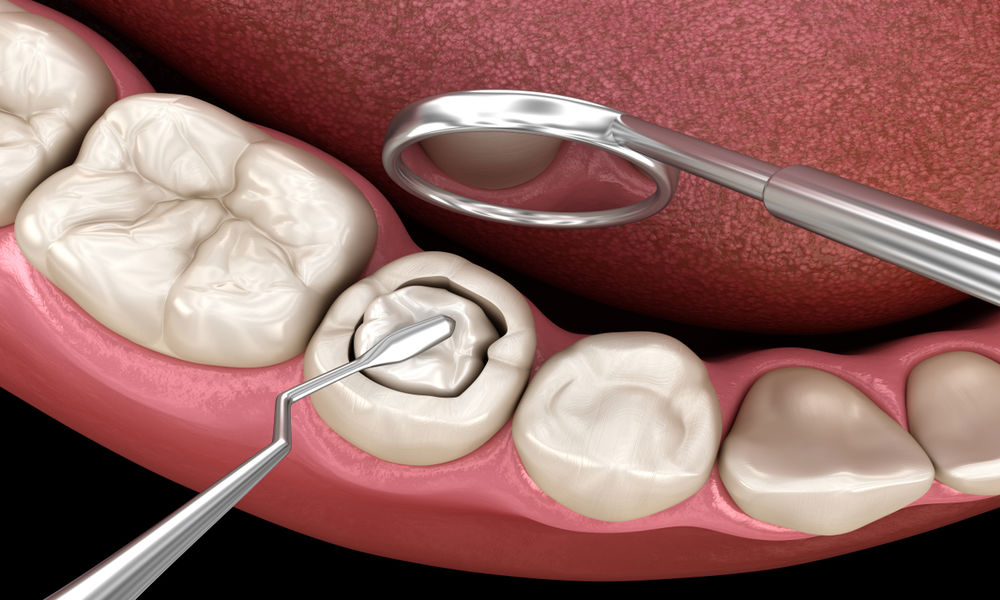
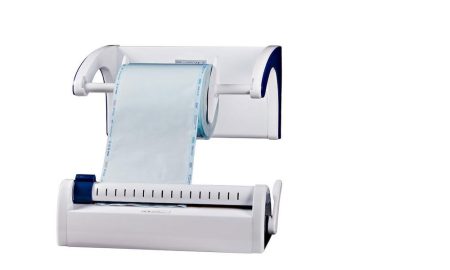
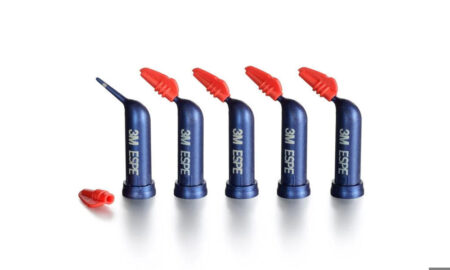
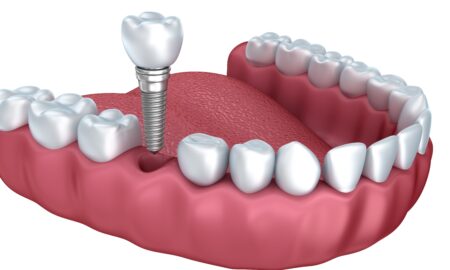
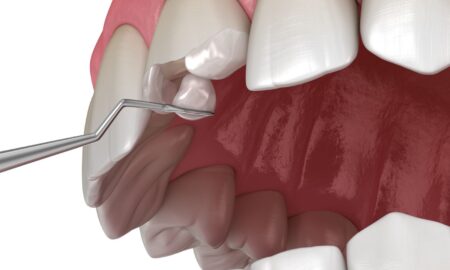
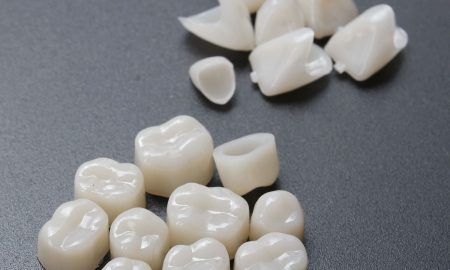
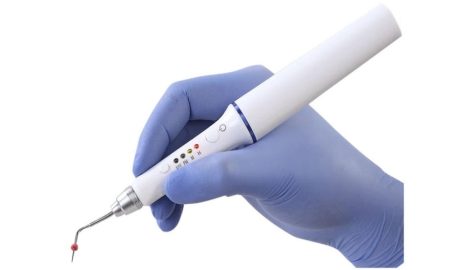
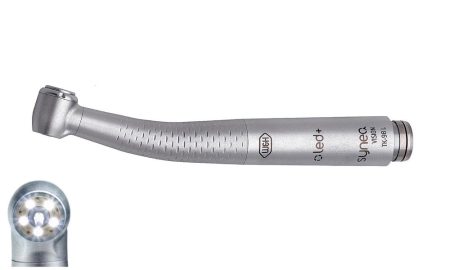
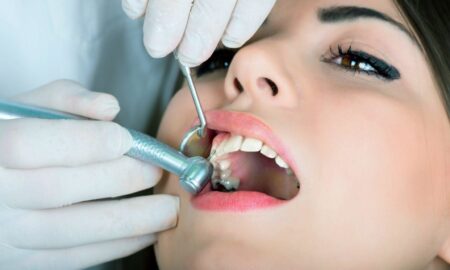
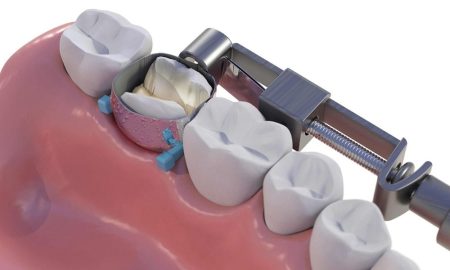
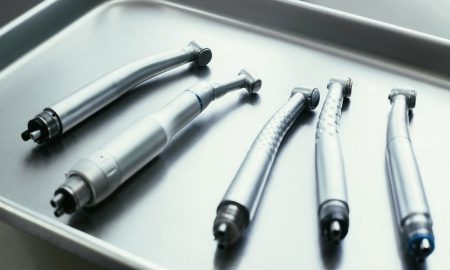

Leave a Reply